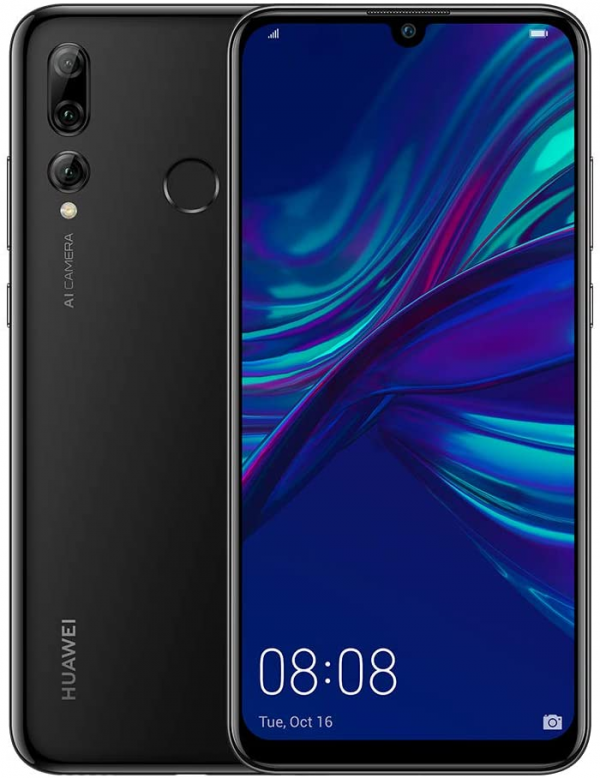Huawei
Huawei P Smart + 2019: was it really necessary to decline the P Smart this way?
Aprox. 250€ - see price -
See specificationsAlready present at all price levels, Huawei offers a new slightly premium version of its P Smart 2019. A smartphone with enough arguments to stand out at more than 200 €? This is what we wanted to know ...
Our review
Presentation
In 2019, between Xiaomi, Samsung or Huawei, it's a bit to who will launch the most smartphones before saturating the market. It is now difficult to find your way in all the ranges of manufacturers. At Huawei, the P Smart + 2019 is placed above the P Smart, an early-to-mid-range terminal. But with an initial price of less than € 300, notably due to the addition of a very wide-angle photo module, it arrives in mined territory.
At this price level, it will really have to deliver good performance to stand out. Indeed, the P Smart + will have a lot to do with stiff competition, led by terminals like the Xiaomi Mi A3, the Redmi Note 7, or even the Realme 3 Pro.
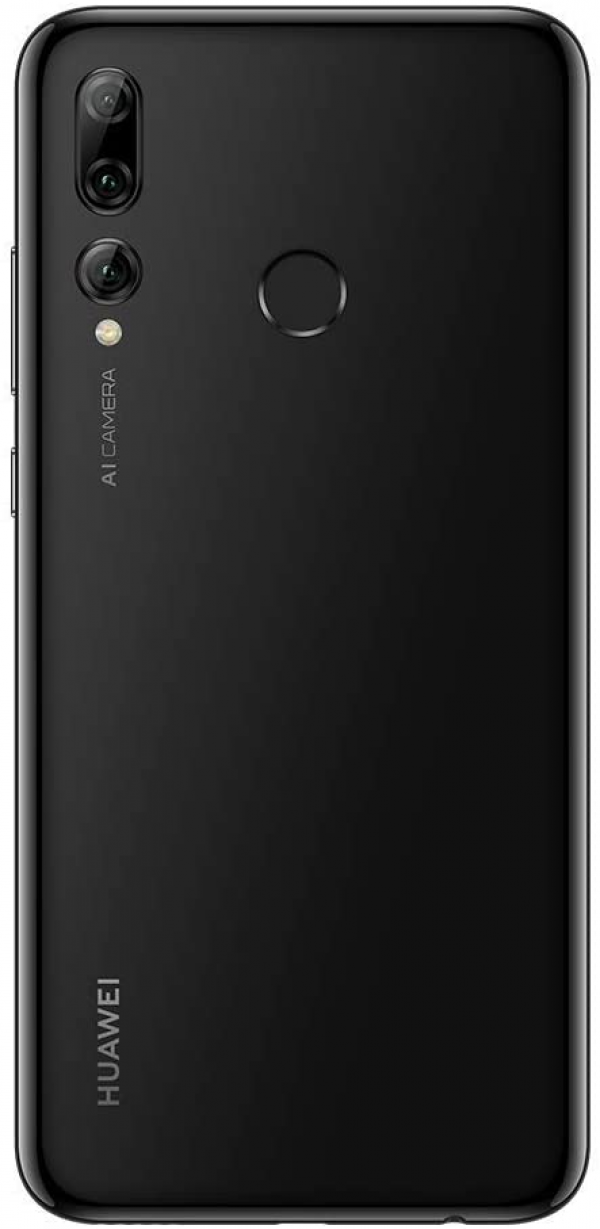
Ergonomics and design
On the aesthetic side, Huawei did not do in originality. The P Smart + 2019 looks exactly like the "classic" P Smart. Truth be told, it looks like all mid-range smartphones of 2019. 6.1-inch IPS panel and 19: 9 aspect ratio occupying just over 80% of the front surface. Notch in the shape of a drop of water housing the front camera, a slightly wider border at the bottom of the device, fingerprint sensor on the back (quite reactive), nothing is done to distinguish it.
The use of plastic rather than glass or even metal makes it possible to limit the weight of the device, and in fact with its 160 g and a fairly good grip, the terminal is pleasant in hand. Despite a screen of more than 6 inches, it is relatively compact and easily fits in a pocket. Nevertheless, the device retains this fairly "cheap" feel specific to products covered with plastic, which will not appeal to everyone.
The P Smart + continues the momentum of its model and retains a micro-USB socket, an example of unwelcome conservatism, especially at € 300. On the good news side, the smartphone is still equipped with a 3.5 mm mini-jack socket, it can carry two nano-SIM cards or a microSD card, which will allow the expansion of 64 GB of storage (including around fifty free). Finally, the smartphone has no waterproofing certification, which is quite common in this price range.
The headphone jack of the P Smart + 2019 offers a rather faithful sound. The distortion is well contained, and the crosstalk could have been better managed, so that the stereo reproduction is optimal. Also, the rather wide dynamic range will make it possible to better distinguish all the sound nuances of a song. Only big downside, the power output. Really weak, it does not allow the outlet to properly power the most energy-demanding headsets.
As for the speaker, located on the lower right corner of the mobile, it is not one of the models of its kind. Pushed too hard, it tends to produce very saturated sounds. It is better to use it as a backup for some videos on YouTube, but not to listen to a concert of classical music.
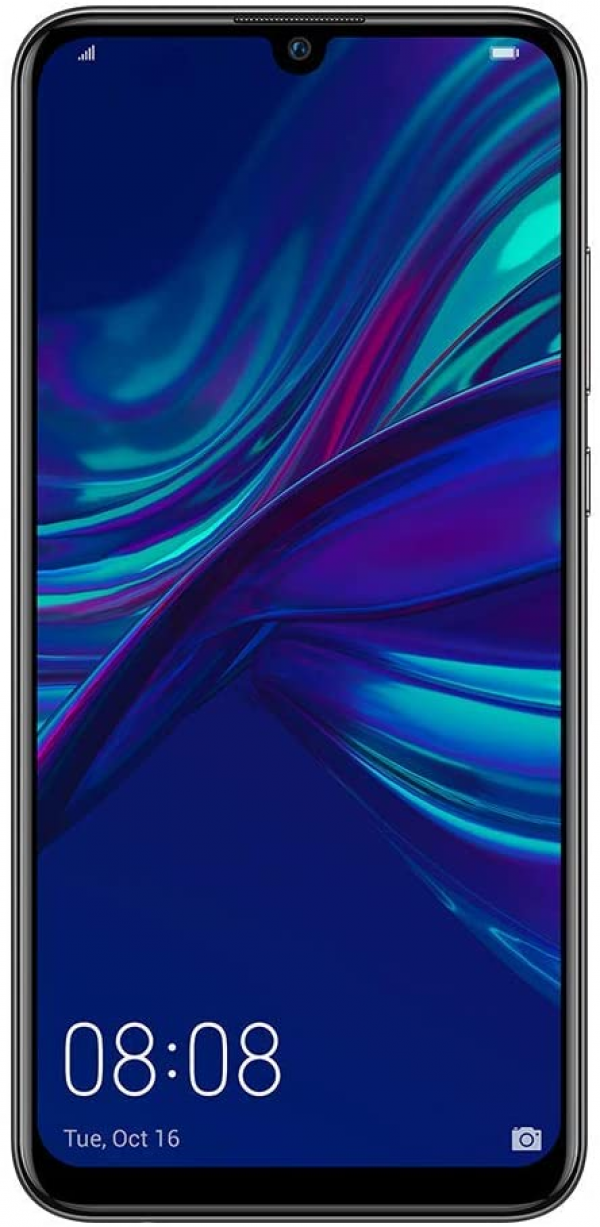
Screen
Thus, the P Smart + 2019 is equipped with a 6.1-inch IPS panel. Once set in normal mode and with a "default" color temperature, this screen almost completely satisfies us. In fact, our probe detected a color temperature of 6,215 K, a little below the expected standard of 6,500 K, resulting in slightly warm colors, but nothing unacceptable. Concerning the colorimetry, the delta E raised from 2.6 is very correct. Indeed, it is estimated that below 3, the human eye cannot perceive color drift. For those who prefer more saturated tones, it is always possible to opt for "bright" colors, to the detriment of a certain accuracy of colorimetry.
Like the P Smart (very short), the contrast ratio tarnishes the picture a bit. Rising to 1: 1.135, it is a bit low. The maximum brightness measured at 401 cd / m² is not exceptional either. Fortunately, the screen does not display too many reflections, it can remain quite readable in direct sunlight. For night use, the minimum brightness of 1.8 cd / m² is very practical so as not to be dazzled. The definition of the slab of 2,340 x 1,080 px is perfect for everyday use and with a remanence contained at 60 ms and a tactile delay at 11 ms, users will find this screen quite responsive.
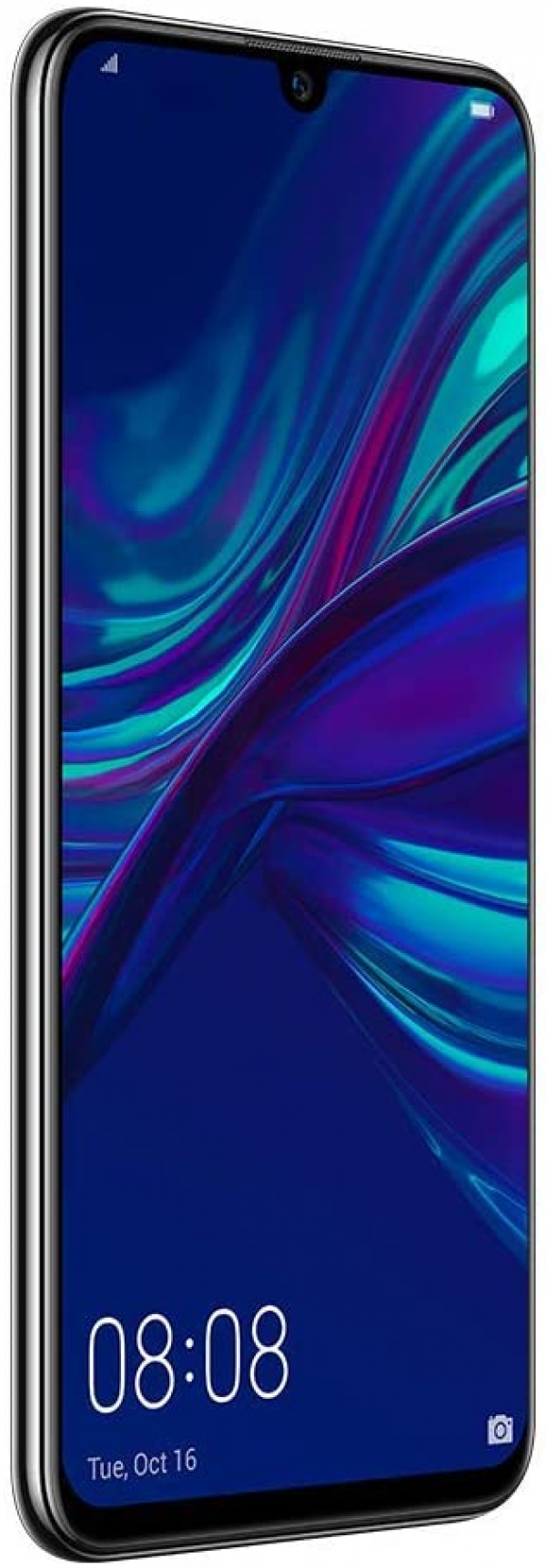
Performances
Once again Huawei recycles its Kirin 710 chip already present in half a dozen smartphones from the Chinese manufacturer. The processor is supported by 3 GB of RAM and the graphics part is provided by a Mali-G51 MP4 GPU. All these beautiful people manage to operate the P Smart + 2019 without a hitch. Opening and closing applications goes smoothly.
By applying our test protocol, the P Smart + does not fail during the RAM test. With a score of 87.88, he is doing generally well, even if he can not tease the best of its kind (the OnePlus 7 Pro and its score of 100).
During the game test, the device struggled a little more, with a score of 51.40 (where the best, the P30 Pro, reached 109.85). However, with an average rate of 29 fps, most games can be displayed without much difficulty. Obviously to make certain titles in 3D more fluid, it will be necessary to ignore light effects and textures.
Finally, even after an extended video and photo session, the terminal did not exceed 35.2 ° C.
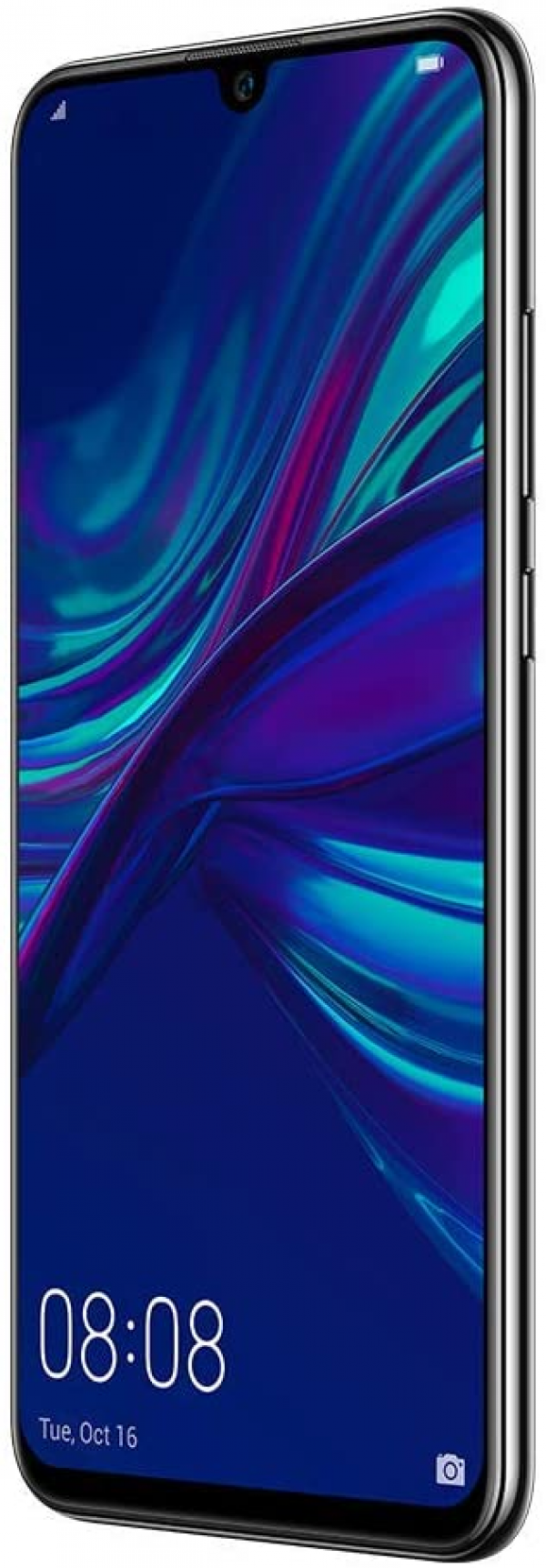
Photo
The main novelty of this "+" version of the P Smart 2019 edition is therefore to be found in the photo module. Exit the main sensor of 13 Mpx, here it is replaced by a more defined sensor of 24 Mpx (equivalent 26 mm in 24x36, with a lens opening at f / 1.8). To this increase in pixels is added to new 16 MP sensor with a very wide-angle lens opening at f / 2.2. Everything is always supported by a 2 MP sensor intended to embellish portraits.
In these high-end terminals, Huawei has established itself as a cador of mobile photography, like its P30s. For its entry-level and mid-range models, it is different. The P Smart rarely offer stunning performance, but we have the right to wonder what happened with this P Smart +. Indeed, it manages to do worse than the P Smart "classic" which was not already a thunderbolt.
The main sensor, however more defined, and also very put forward by the brand, is very disappointing. The images come out dull, not very detailed. The colors are not respected at all and we cannot accuse Huawei of forcing the contrast artificially. Put in front of the Xiaomi Mi A3, which we find at equivalent prices (of course, with a more defined sensor), the verdict is final: the P Smart + lags behind. The photos of the Mi A3 have a better level of details, the colors stand out more, while being more accurate. Finally the contrast is more marked.
At night, the pictures of the P Smart + are simply unusable. The relatively low rise in ISO is paid for by an absence of details. The nuances of the colors, already little marked by day, simply cease to exist, everything seems blurry and gray. If we did not know which smartphone we were dealing with, we would think that this photo was taken by a camera several years old. The Mi A3 does not offer the best night shots, but at least the details and shapes are present and the colors differentiable.
We are in 2019, and all smartphones must have a very wide-angle module. Worthy of the name is something else. As with most terminals, it offers performance below that of the main module. The colors are not very well rendered, the level of detail is quite low. The image seems to be drooling. Of course, very wide angle requires, the picture is confronted with some optical deformations. Once again, the Mi A3 is doing a little better, the level of details is correct, and the contrast more present; even a little too much.
At night, and it was expected, the images are very bad. The picture is dull, devoid of all shades of color. The rise in ISO is more important than with the standard module, but far from bringing more clarity, it just adds noise, making the whole thing even less sharp. The Mi A3 is far from excelling, but the image is a little better rendered, especially in terms of colors. Even if it was predictable, such a result is not so common and it is to be hoped that Huawei will correct the situation on the next versions.
For video, no 4K, but Full HD up to 60 fps. The autofocus manages to be fairly responsive, however no stabilization mode is available. Regarding the portrait mode, he gets to do a good job, the faces are rather well cropped, however, the smoothing applied to the textures tends to transform the subjects into wax dolls. The 8 MP front sensor, with its lens opening to f / 2 is not the best selfie machine, the shapes are too easily distorted as soon as you get a little closer to the camera.
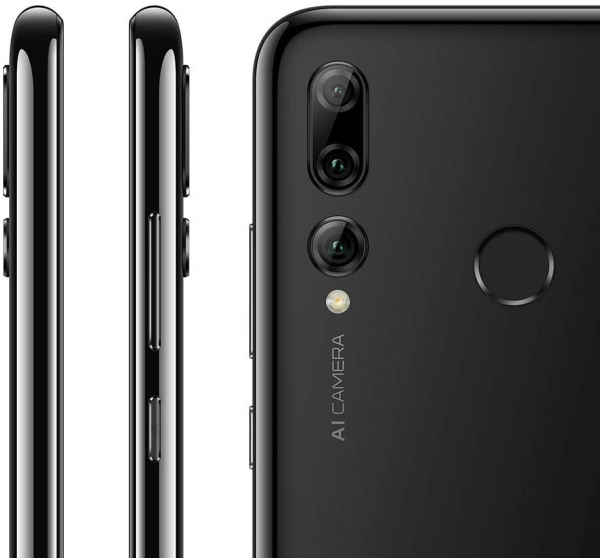
Autonomy
As a premium on board, this P Smart + leaves with the same advantages as the classic P Smart. Same chip, same capacity battery, so we could expect similar battery life. However, after the end of our SmartViser protocol which simulates intensive daily use (with sending of calls and SMS, video playback, downloads and connections on the fly) the "+" version gave up after 11 h 37 min, far from the more than 17 hours of the standard version. Such a difference in autonomy with parameters which are nevertheless identical is to be attributed to very poor software optimization. This means that it will need to be recharged after a day and a half in conventional use.
The smartphone is not compatible with fast charging, but with the official power supply, it only took 1 h 45 min to fully charge it.

Conclusion
For its umpteenth smartphone of the year, we can say that Huawei has a little stuck in the carpet. What was initially intended to be a simple evolution of P Smart 2019 is found to be a real disappointment. This logic of wanting to improve a smartphone by adding a very wide-angle module clearly shows its limits here. To the point that this P Smart + is less good than its model. It's a lost bet for Huawei, and it's all the more damaging since there are real good devices against this terminal like the Redmi Note 7, the Xiaomi Mi A3, or the Realme 3 Pro and even the Wiko View3 Pro.

Specifications

